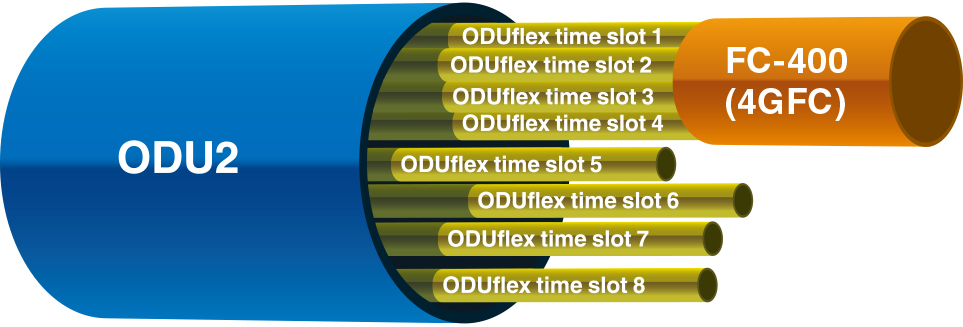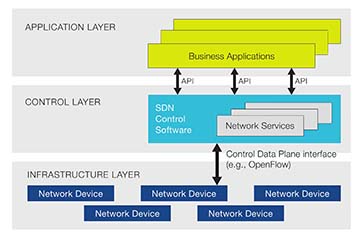Migration to SDN Requires Flexible Testing Solutions for the Data Plane
By: Daniel Gonzalez

Software Defined Networks (SDNs) are simplifying network management. As operators migrate from traditional environments to SDN, however, they must be aware of potential service disruptions, lower client quality of service (QoS) and other issues. Testing, while always important, takes on an even greater role during this transitional stage, particularly at the data plane level where operator revenue is generated.
Operators need to test a variety of client signals over the data plane and while the tests – QoS, traffic generation, etc. – haven’t changed, the technologies certainly have. Circuit-based traffic common in legacy networks is now being encapsulated into next-generation transport technologies such as Optical Transport Network (OTN), Multiprotocol Label Switching (MPLS), and Generalized MPLS (GMPLS).
OTN has increasingly become the preferred method for high-speed networks for a number of reasons. It provides operators with better visibility and control closer to the network edge. Network management becomes simplified, as OTN places user traffic at the core managed infrastructure earlier. OTN can also allow operators to better monitor and service large customers.
OTN uses Optical Data Unit (ODU) as a digital wrapper to many technologies, such as Ethernet, SONET, and Fibre Channel. In essence, ODU is a transport container that carries client signals from network ingress to egress. It provides a payload area for client data along with overhead for performance monitoring and fault management. ODUflex (Figure 1) is a new feature that supports the flexible allocation of client-signal bandwidth to make the best use of OTN capacity.

Figure 1 – ODUflex divides capacity to optimize OTN capacity.
The use of ODU reduces the number of technologies that need to be measured from many to one. The result is that test solutions must support ODU wrappers and be easily updated to keep pace with the constantly changing standards so they can generate any type of data to accurately measure the data plane.
Appeal of SDN
OTN is only one change in the ever-evolving network. In the traditional approach to networking, most network functionality is implemented in a dedicated appliance, such as a switch, router, or application delivery controller. Within the respective appliance, most of the functionality is implemented in specific hardware such as an ASIC (Application Specific Integrated Circuit). SDNs are viewed as a superior approach to this hardware-centric networking approach.

Figure 2 – SDN architecture. Photo courtesy of ONF.
As described by the Open Networking Foundation (ONF), the SDN architecture (Figure 2, above) is dynamic, manageable, cost-effective, and adaptable. These attributes make an SDN ideal for today’s high-bandwidth networks. This architecture decouples the network control and forwarding functions, enabling the network control to become directly programmable and the underlying infrastructure to be abstracted for applications and network services.



















